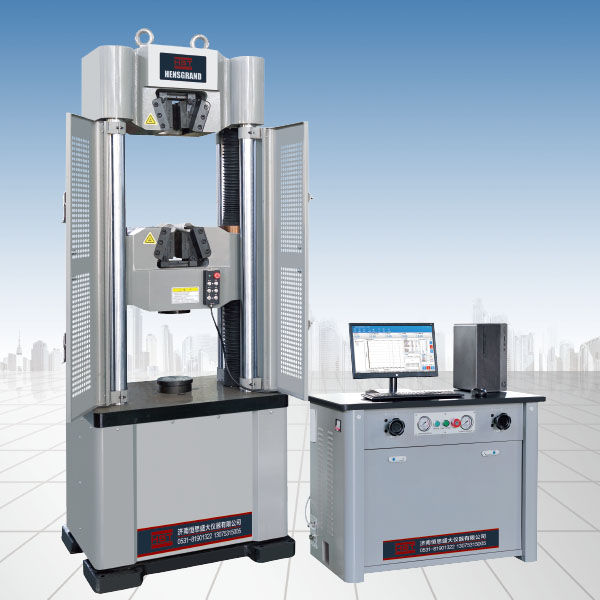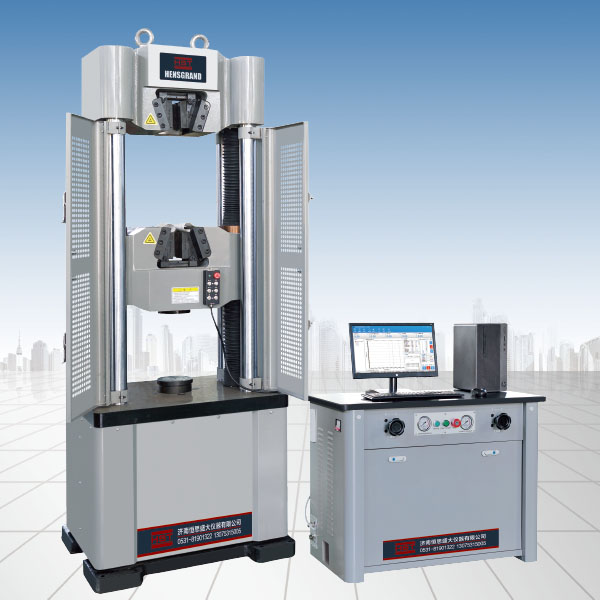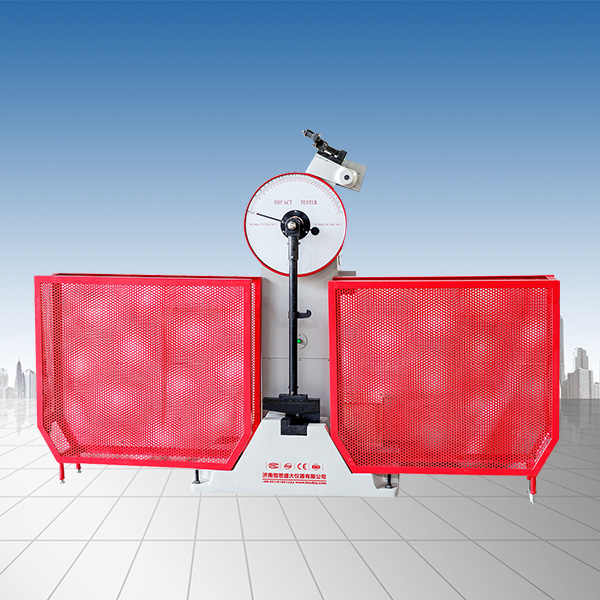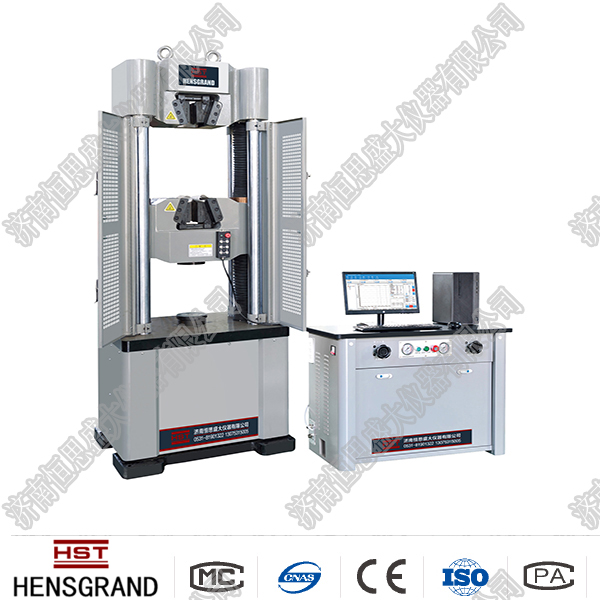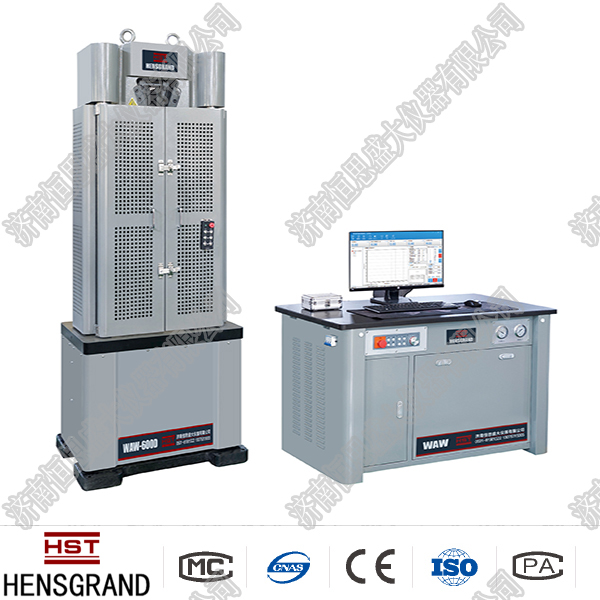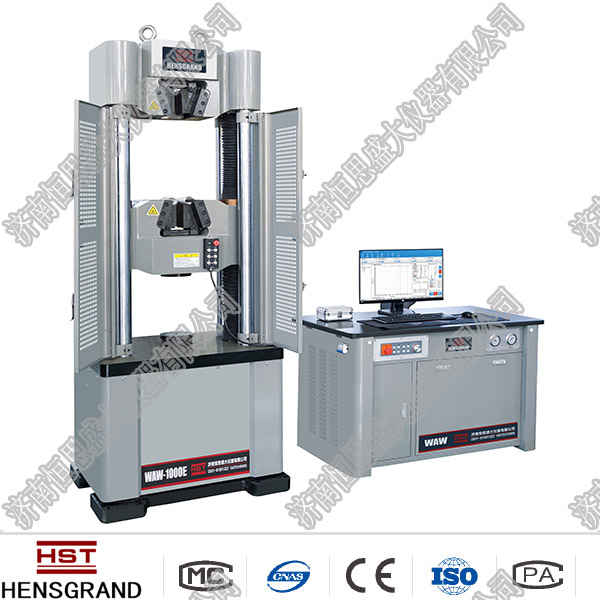Company News
Working principle of digital sensor of electronic universal testing machine
Release time:2018-11-23 source:Jinan Hengsi Shanda Instrument Co., Ltd. Browse:
Let's explain it to you belowElectronic universal testing machineHow digital sensors work. The digital sensor of the electronic universal test machine adopts several different working principles. It is common to optical or electromagnetic sensors. What type is selected for specific application mainly depends on the use itself, accuracy requirements, and environmental factors such as temperature and pollution.
1. Main types
Rotary encoder, linear displacement sensor.
2. Reference benchmark
Basically, a digital incremental sensor is a relative measurement system; in other words, when starting the measurement, people do not know where the measuring head is. To accurately determine the position of the measuring head, most measurement systems come with reference standards. The rotary encoder has one reference reference per revolution, while the linear sensor usually has one or more reference references.
3. Supply voltage
In the industry, 5V supply voltage is often used. Of course, variable bridge voltages, such as between 11V and 32V, are also common. The advantage of this type of sensor is that it can be directly connected to the power supply of the car and vehicle.
4. Signal transmission principle
The measuring head with three sensors moves in a straight line along the barcode. These barcodes stimulate the sensor to generate signals.
5. Signal waveform
Sine and rectangular waves – Common simple sensors generally produce rectangular waveforms; however, high-grade digital incremental sensors often use sinusoidal waveforms. Some sensors also have analog multipliers; in this mode, their signal output is the number of rectangular pulses in each sinusoidal period (the number of pulses depends on the multiple ratio). http://www.hssdtest.com/
Recommended productsPRODUCTS


















